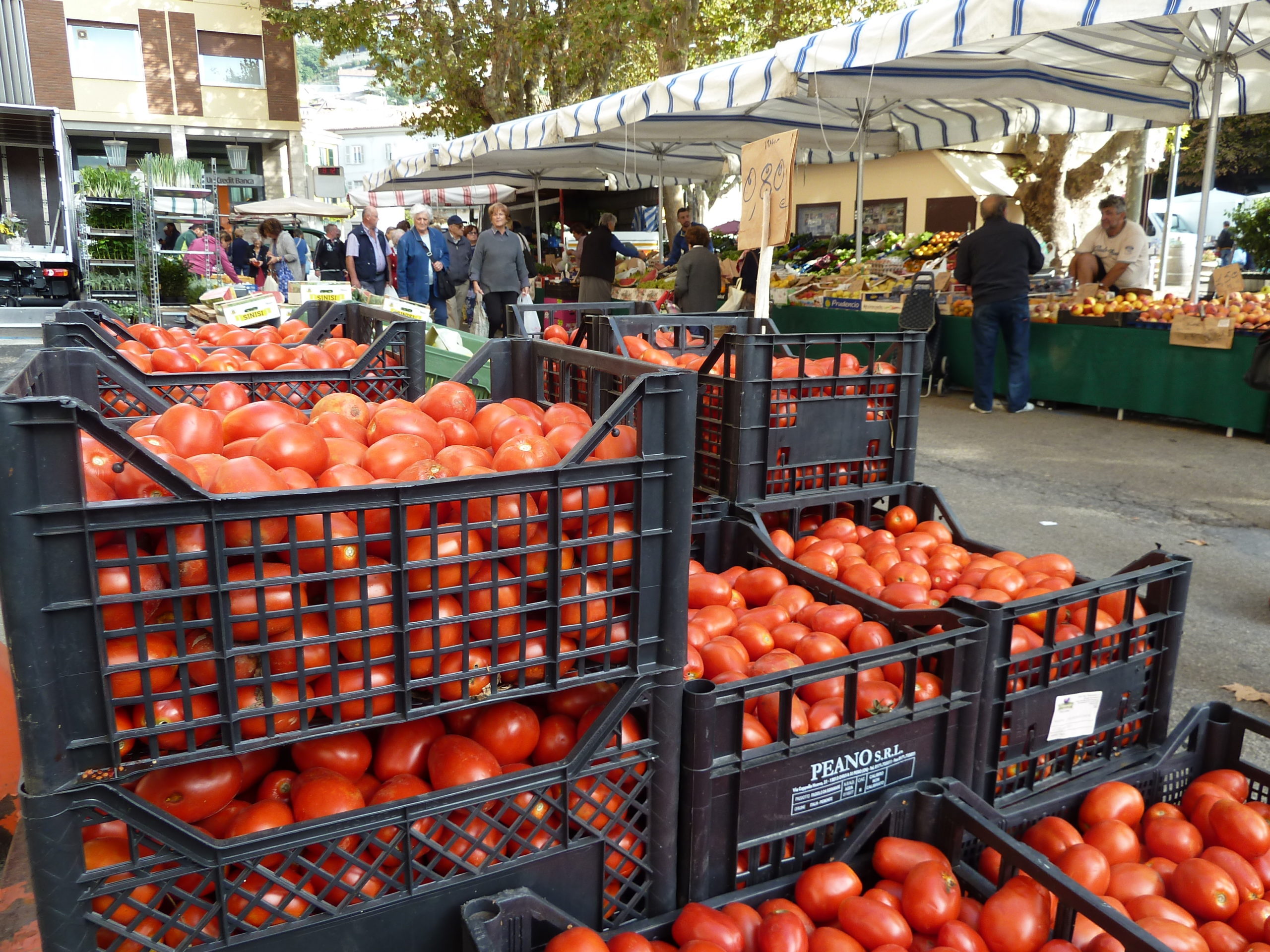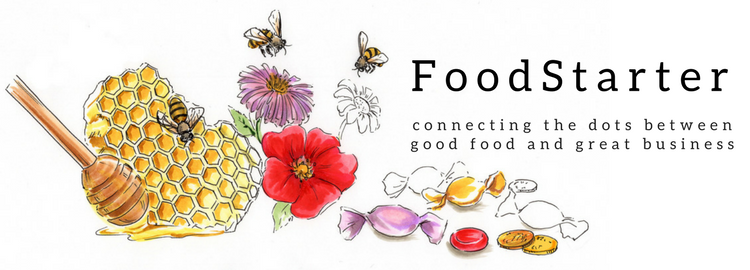Food system mavericks and world changers should read these articles about the unexpected impacts of the COVID-19 pandemic and shut downs.
In January, we crowded into the Moscone Center for the Winter Fancy Food Show. How absurd! We were packed sometimes inches apart eating samples that were sitting out all day, being breathed upon!
We didn’t give it a second thought.
Now that behavior seems hard to imagine, let alone remember. Just a few months ago!
Food spending has changed
The New York Times has written probably the best article on the winners and losers in How the Virus Transformed theWay Americans Spend Their Money.
Food trends have changed as people are cooking at home.
Remember back when snacks-on-the-go were all the rage? Like a couple months ago. Individually packaged snacks are still popular and useful, less for on-the-go and more for cleanliness reasons.
Cooking staples like beans, rice, pasta (is no one keto now?), and asceptic-packaged drinks like oat milk and meals like soups have filled people’s carts. I loaded up on dried fruit nuts, chicken stock, beans and lots of cheese and my favorite pepperoni.
One silver lining from not being able to dash out to the store is that I’ve cut down on impulse buys like chips!
People are still buying meal kits, despite having more time on their hands now that there’s no commute.
In March, consumers were mega-loading on huge shopping trips. Now that we’ve realized indeed there is enough food, and the shelves are being restocked, people are chilling out.
The food distribution and processing systems are broken.
Food banks are major losers. They usually depend on donations or cheap purchases of food from supermarkets. Now supermarkets can hardly keep the shelves stocked due to the perfect storm of consumers stocking up but fewer staff able to work and factories not being able to keep up.
Along with more people needing food from food banks — which Rolling Stone attributes to Congress not extending food stamps — it’s another perfect storm with gale-force winds.
Read NPR’s article Food Shortages? Nope, Too Much Food In The Wrong Places.
 Don’t even get me started about farms dumping milk and eggs. Right before Easter, no less! In one week, farms in New York dumped 25-35 million pounds of milk. Read the dairy horror story.
Don’t even get me started about farms dumping milk and eggs. Right before Easter, no less! In one week, farms in New York dumped 25-35 million pounds of milk. Read the dairy horror story.
It turns out the powdered milk factories are maxed out, and most dairies don’t have processing facilities.
Local food is food security.
In 2011, Freakonomics proposed that local food is inefficient. Oh, how grateful we are now that we have farmers’ markets open full of freshly picked vegetables and fruits as well as dried fruits and nuts for our larders (AKA hoards).
In 2020, the Freakonomics podcast ponders What Happens When Everyone Stays Home to Eat?
The answer is that many producers of ingredients that make up a restaurant or school meal have lost their markets. That’s seafood, meat, eggs, produce…and so much more. Their episode also highlights a consumer-direct meat rancher who has been able to raise prices.
Many resourceful restaurants, the ones that have stayed open anyway, have started selling the staples that they use in their restaurants to the public.

Local food is another source of food so we don’t need to depend on the distribution system working. When truckers get sick or the grocery store can’t keep up with stock, farmers markets are one more avenue for us to get nutritious food.
The Freakonomics episode is really worth a listen. Hearing one grocer talk about how they are wired for emergency and a constantly changing world hits home the importance of our local grocers, whether indis or chains:
Grocers are never better than when the public needs them most. We deal with disaster on an annual basis and we understand that we’re feeding communities and in many instances, that grocery store is the community center.
Some grocery store employees have died of COVID-19.
We need variety in choice in where our food comes from.
Someone commented that Amazon is positioned to take over all grocery delivery. That would be bad.
This pandemic reminds us, as do any disasters such as the fires, that multiple grocery companies, hardware suppliers and pharmacies are critical to keeping prices in line and giving us options for how we source our needs as consumers (and how food producers supply their food).
Amazon decided that to deliver essential goods it would delay shipments of what were deemed non-essential items. Imagine being at the whim of one company!
Trends projected for the future
What we are seeing now — workforce issues from production to distribution to selling — could point to more automation in the future. Self-checkout means fewer germs passed and less dependence on staff.
Will the FDA let restaurants keep selling productized food? That would be kind of cool. The rules are reasonable, mainly not requiring a nutritional panel but requiring ingredients and allergen labeling.
When I heard about the milk dumping, I immediately thought of the varnish I bought recently made from whey and the fact that you can make paint from milk.
If this pandemic does anything, solutions for more on-farm value-added processing or storage needs to happen. Once was a time that towns had local food factories. That time has come again.
Will people continue to cook at home more now that they’ve had a trial-by-fire immersion?
Stay tuned for an update. And keep masked and distant!







